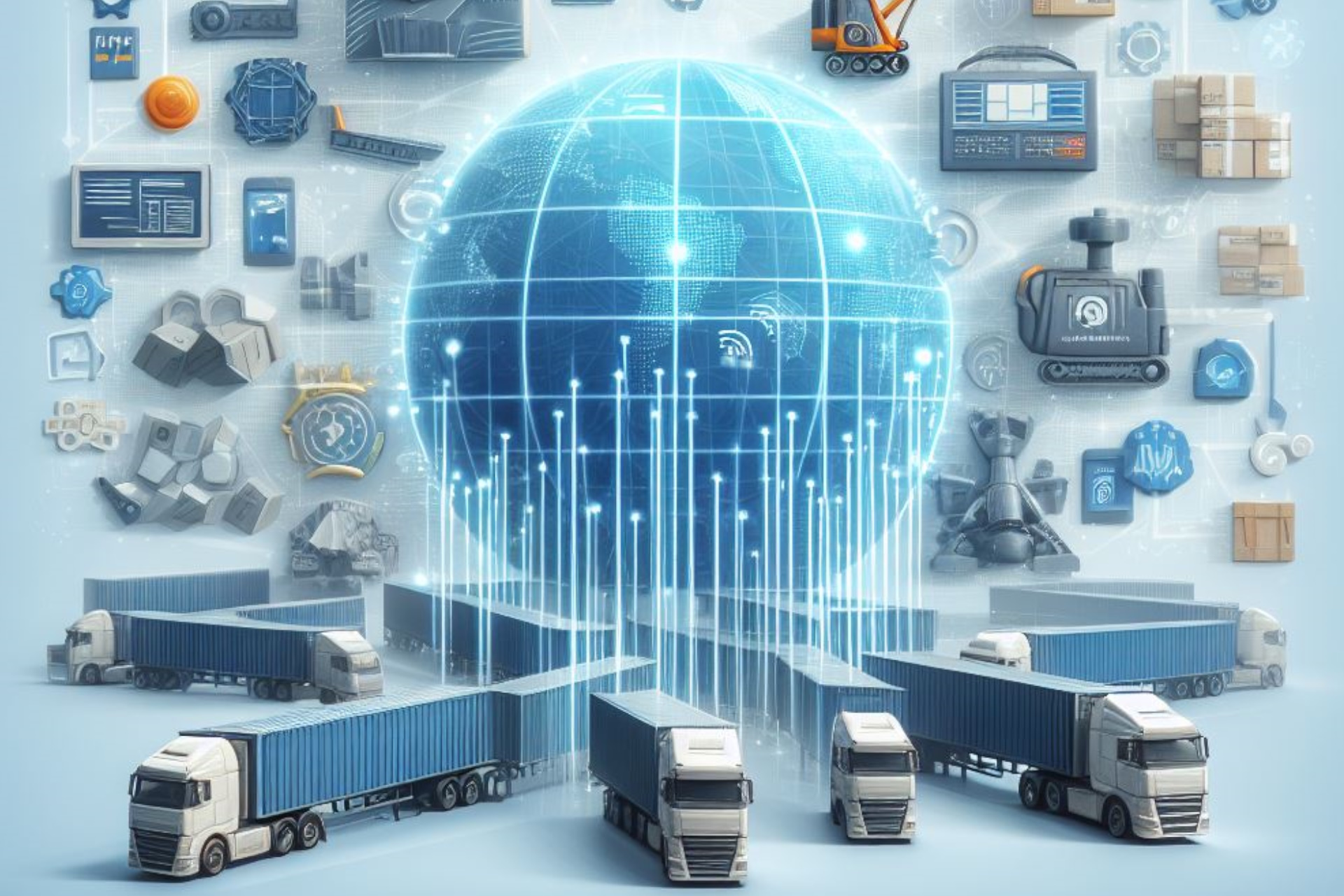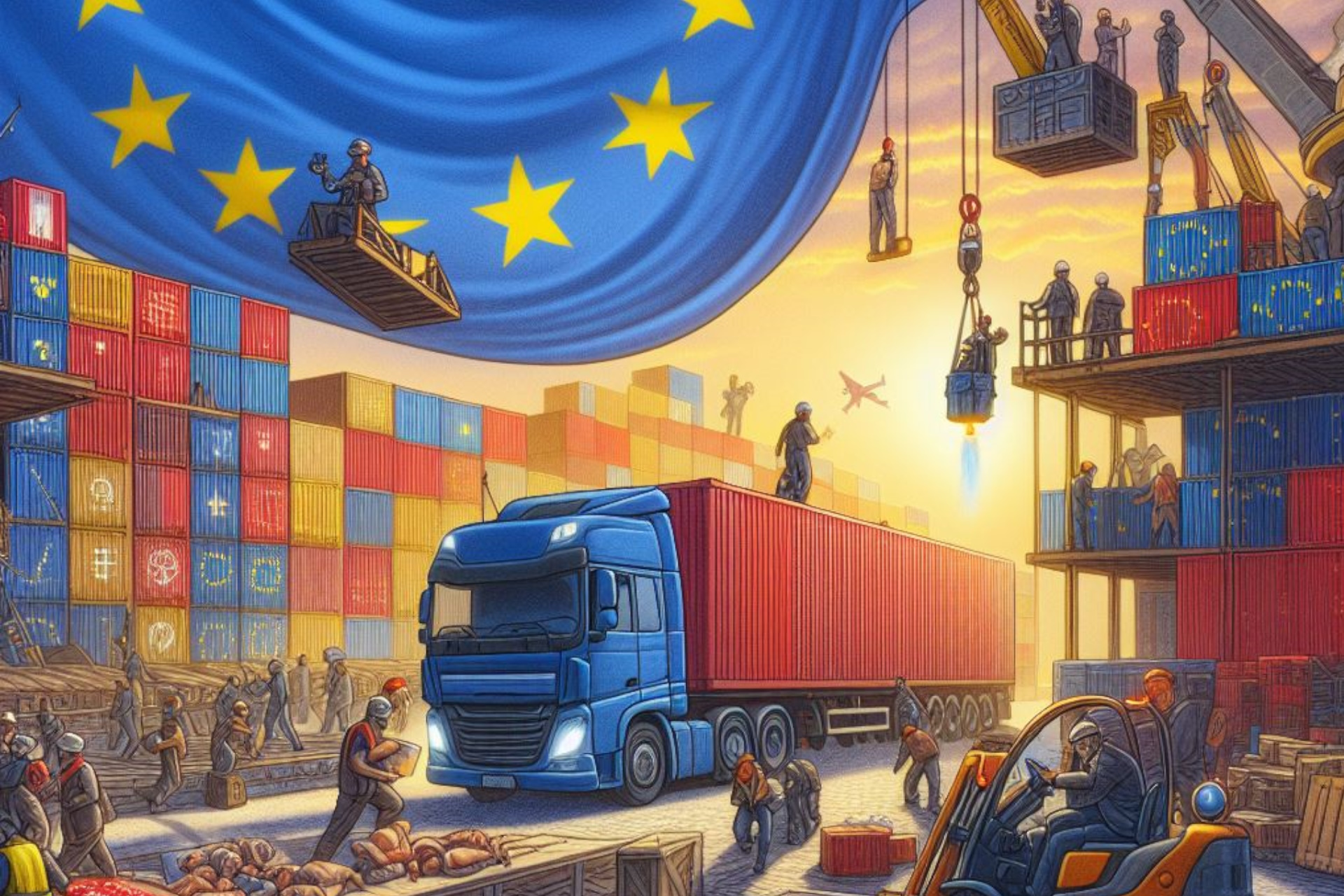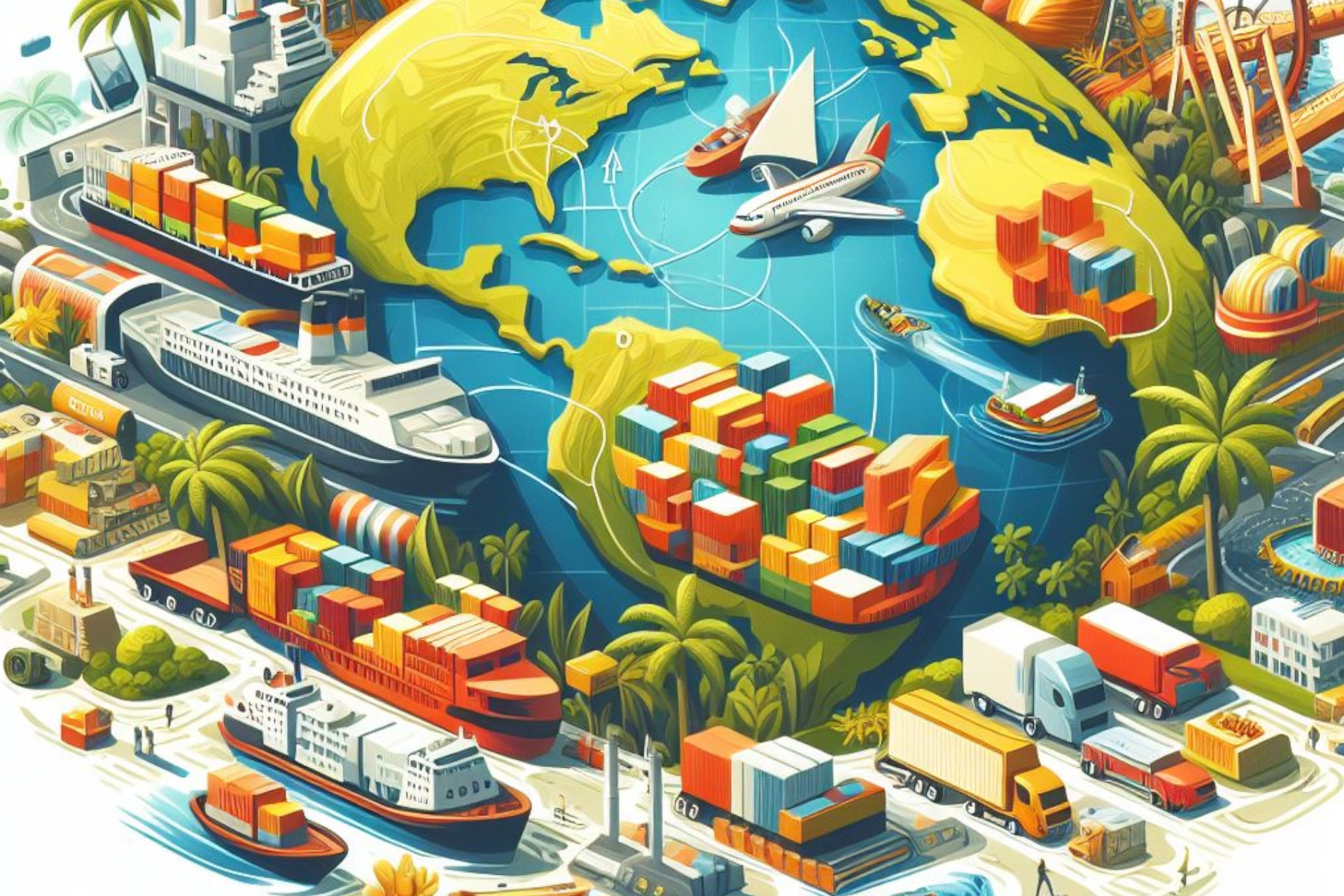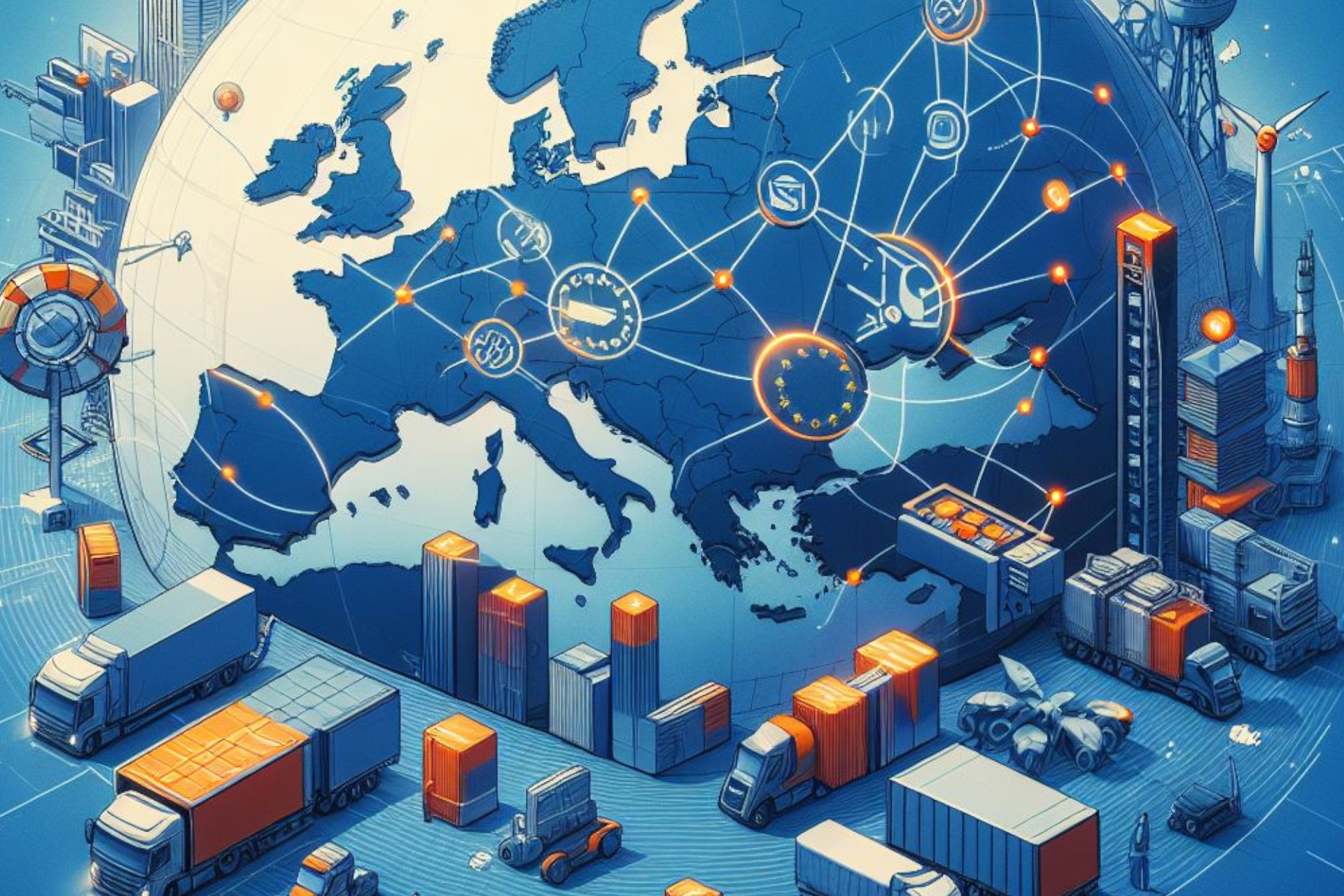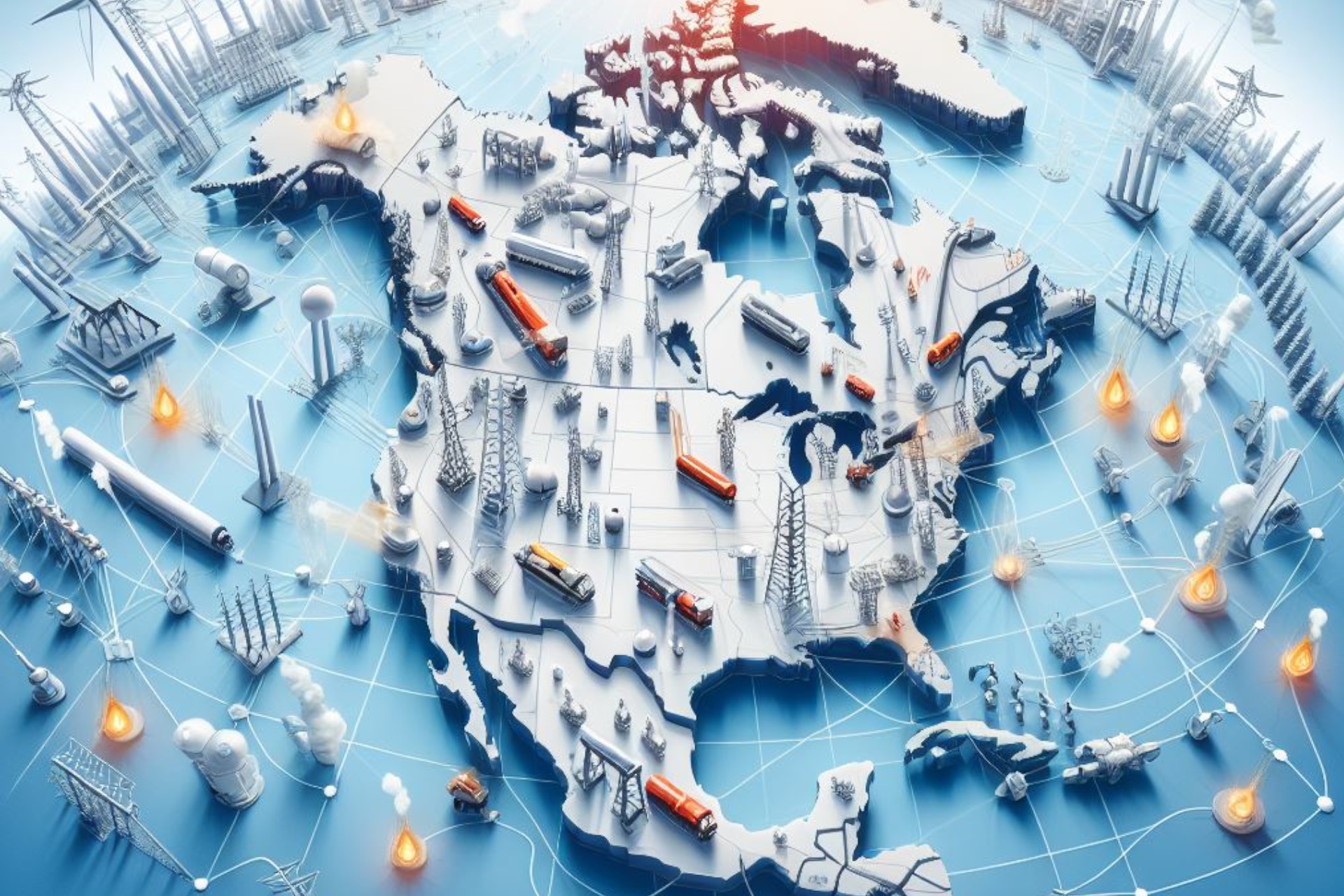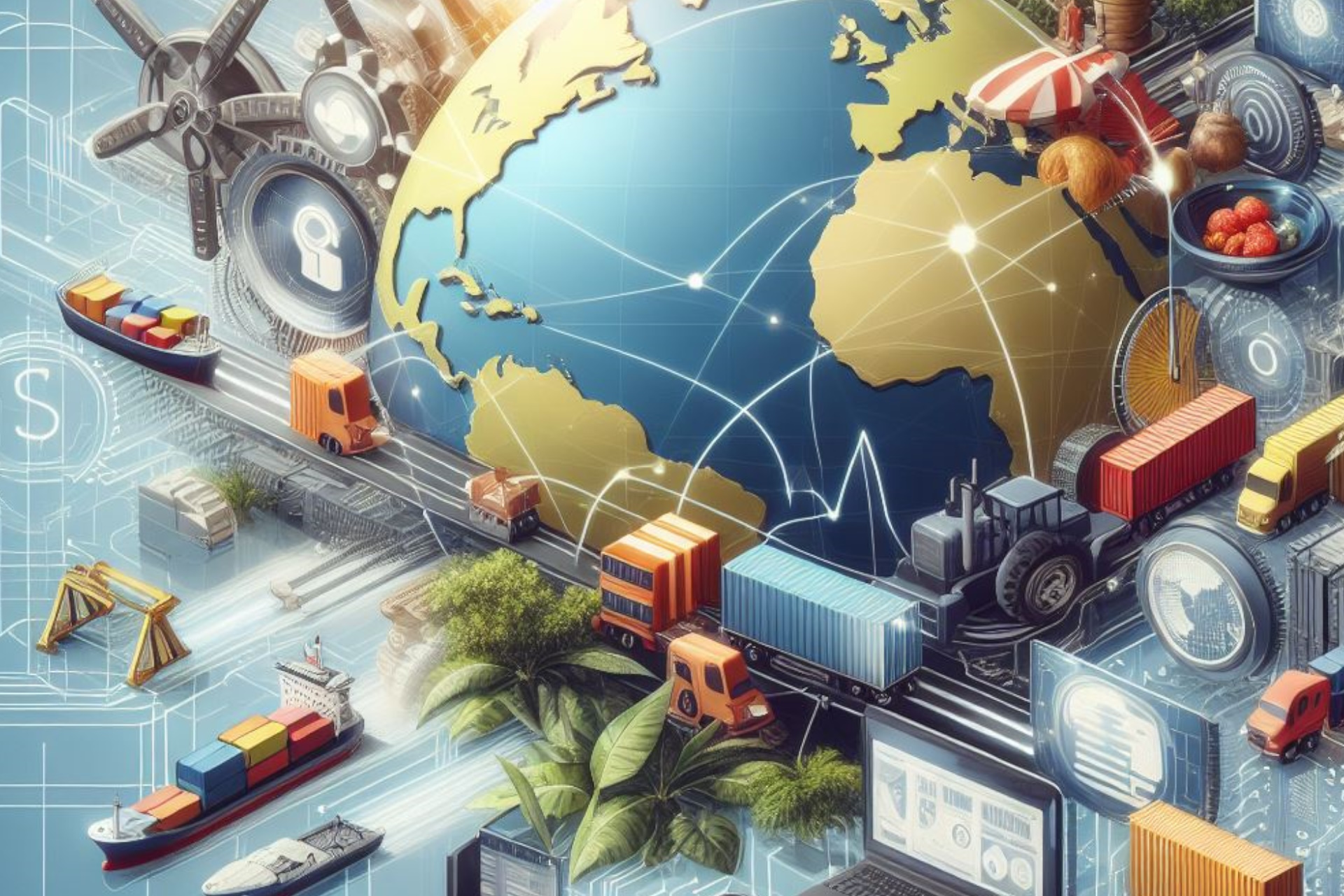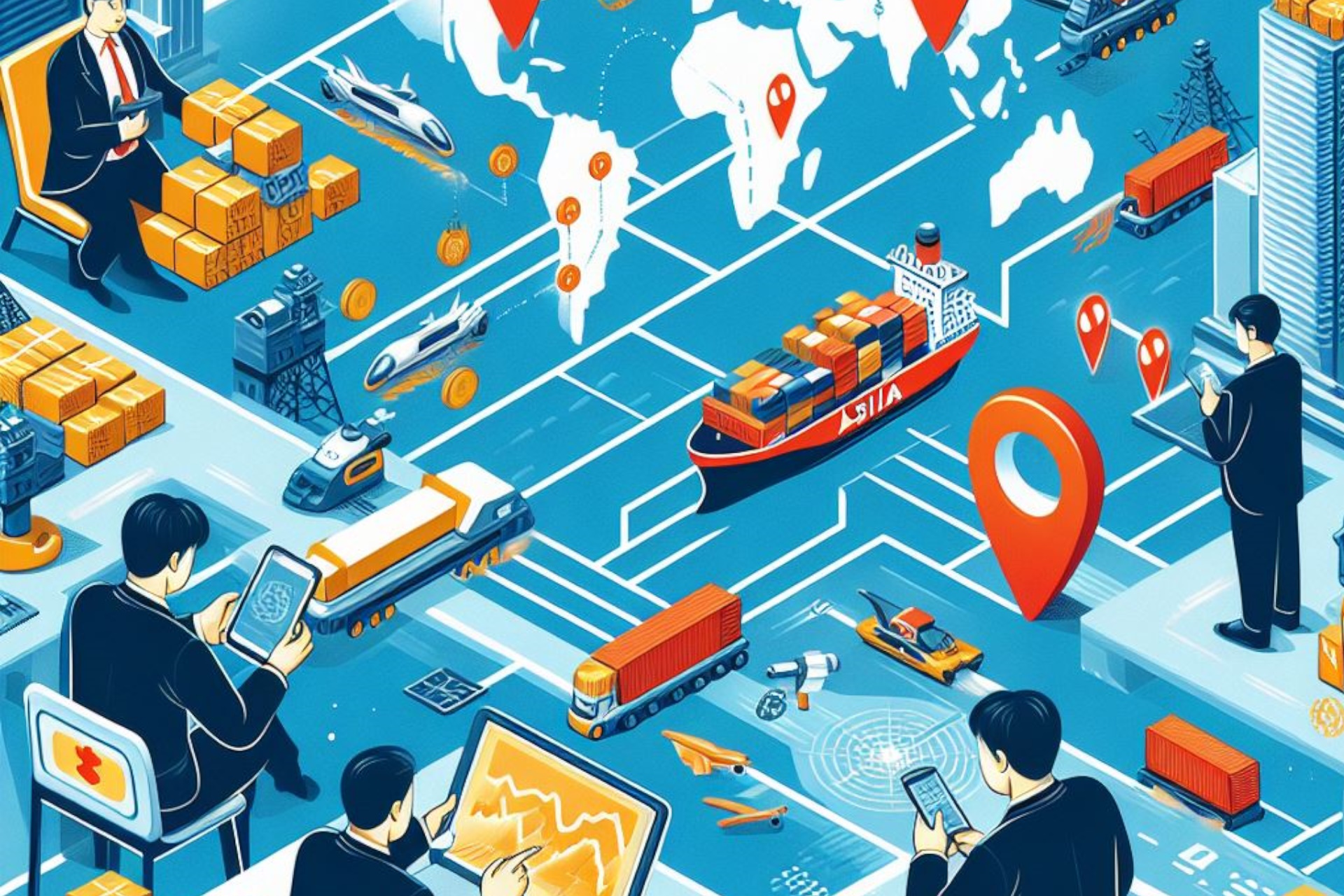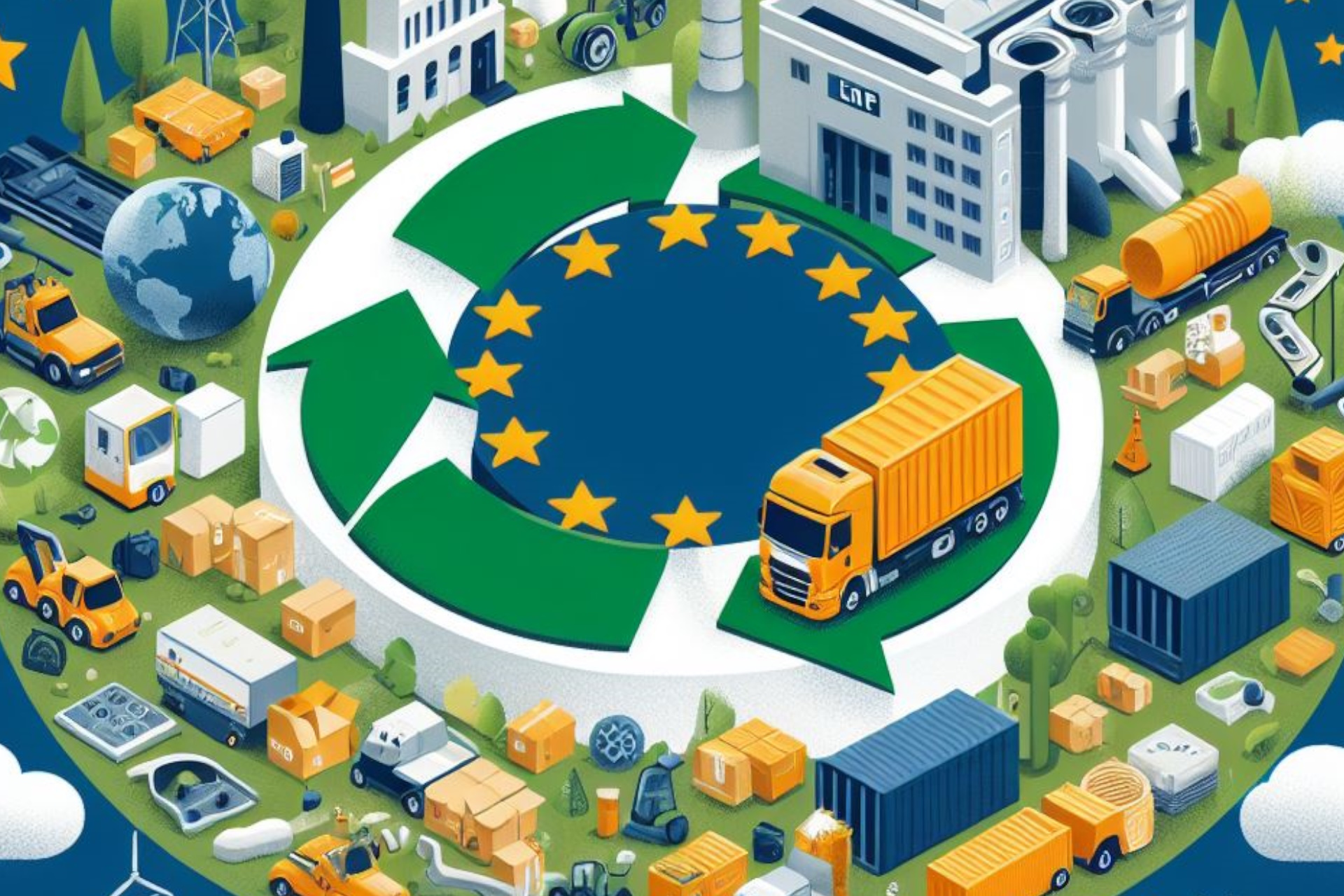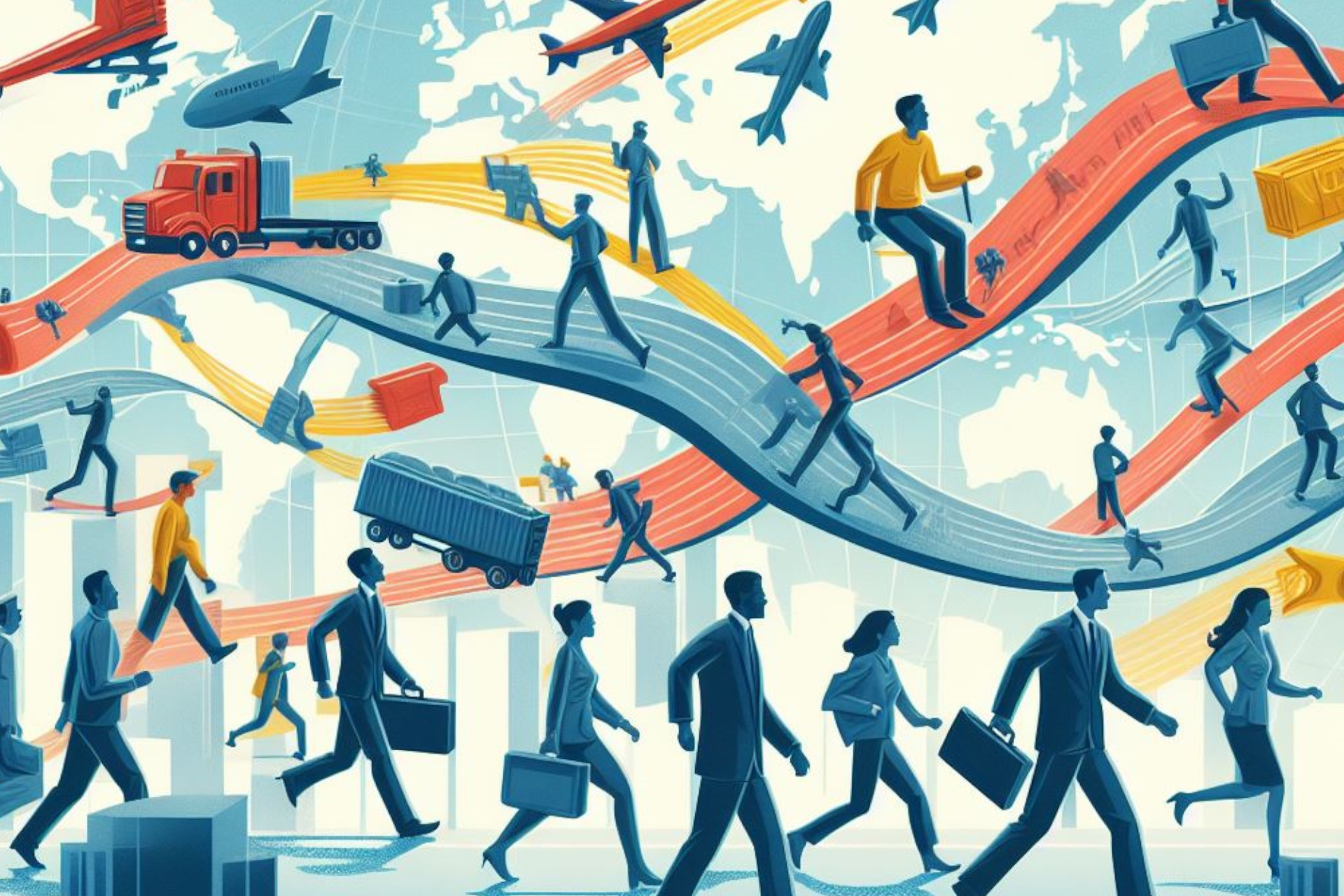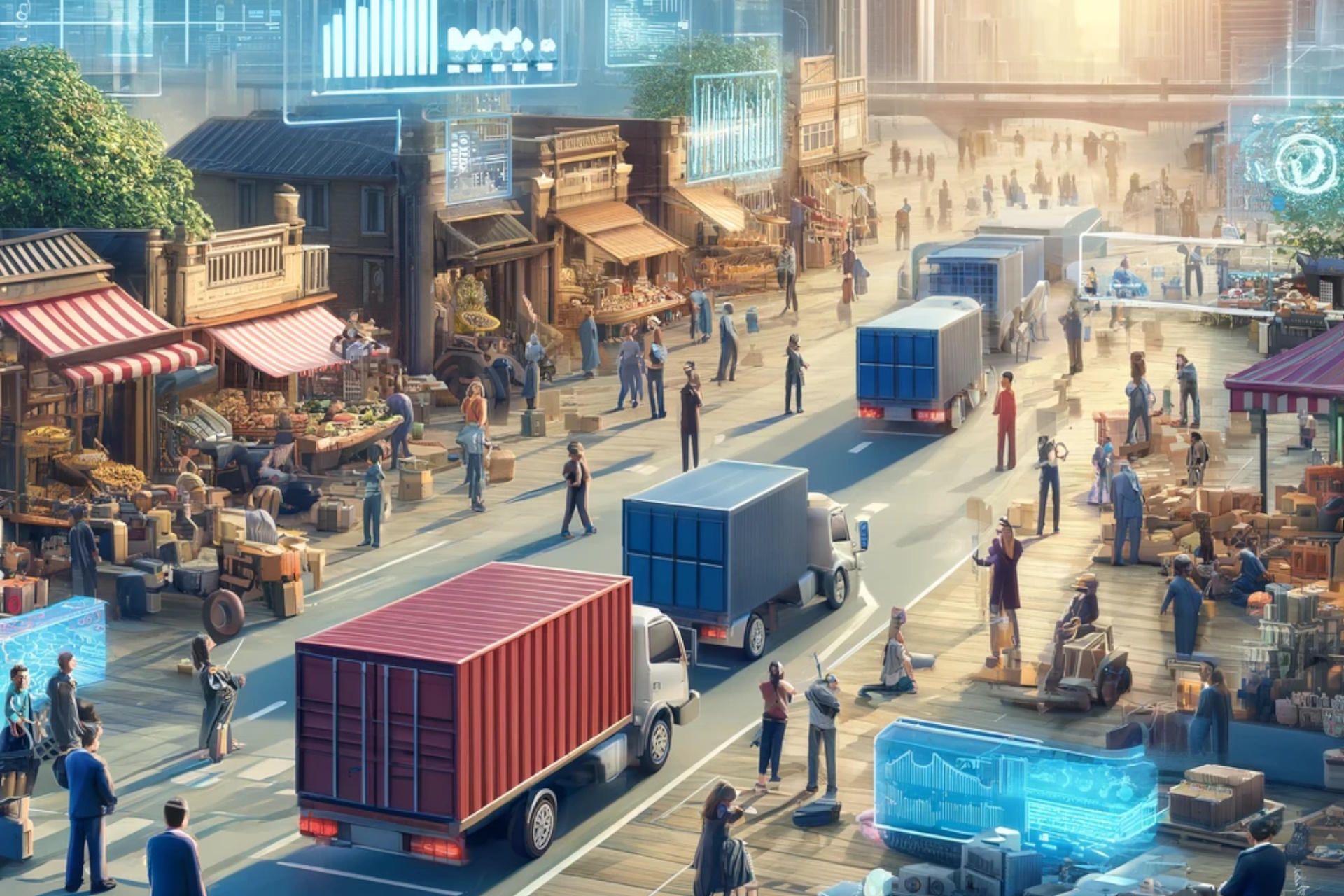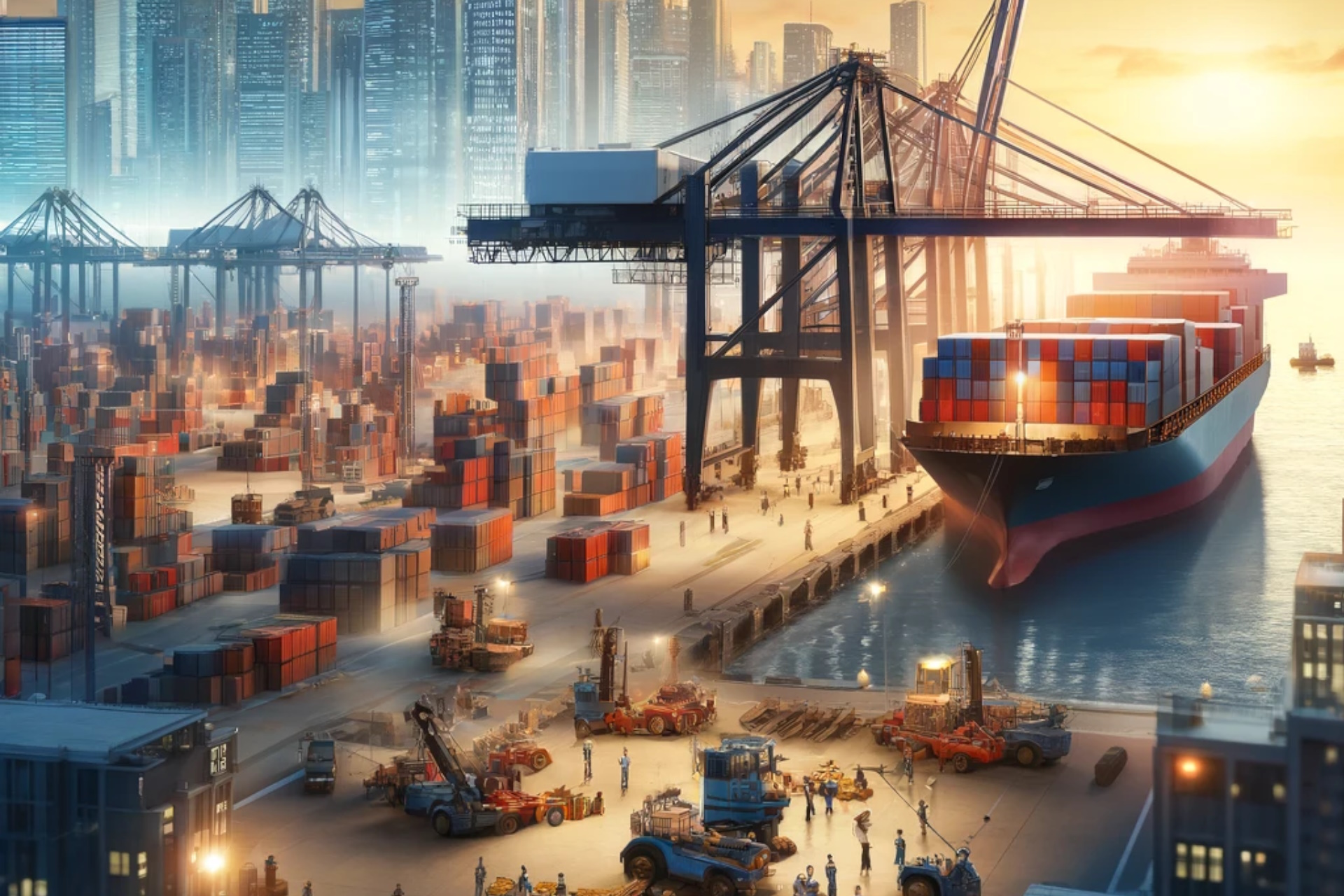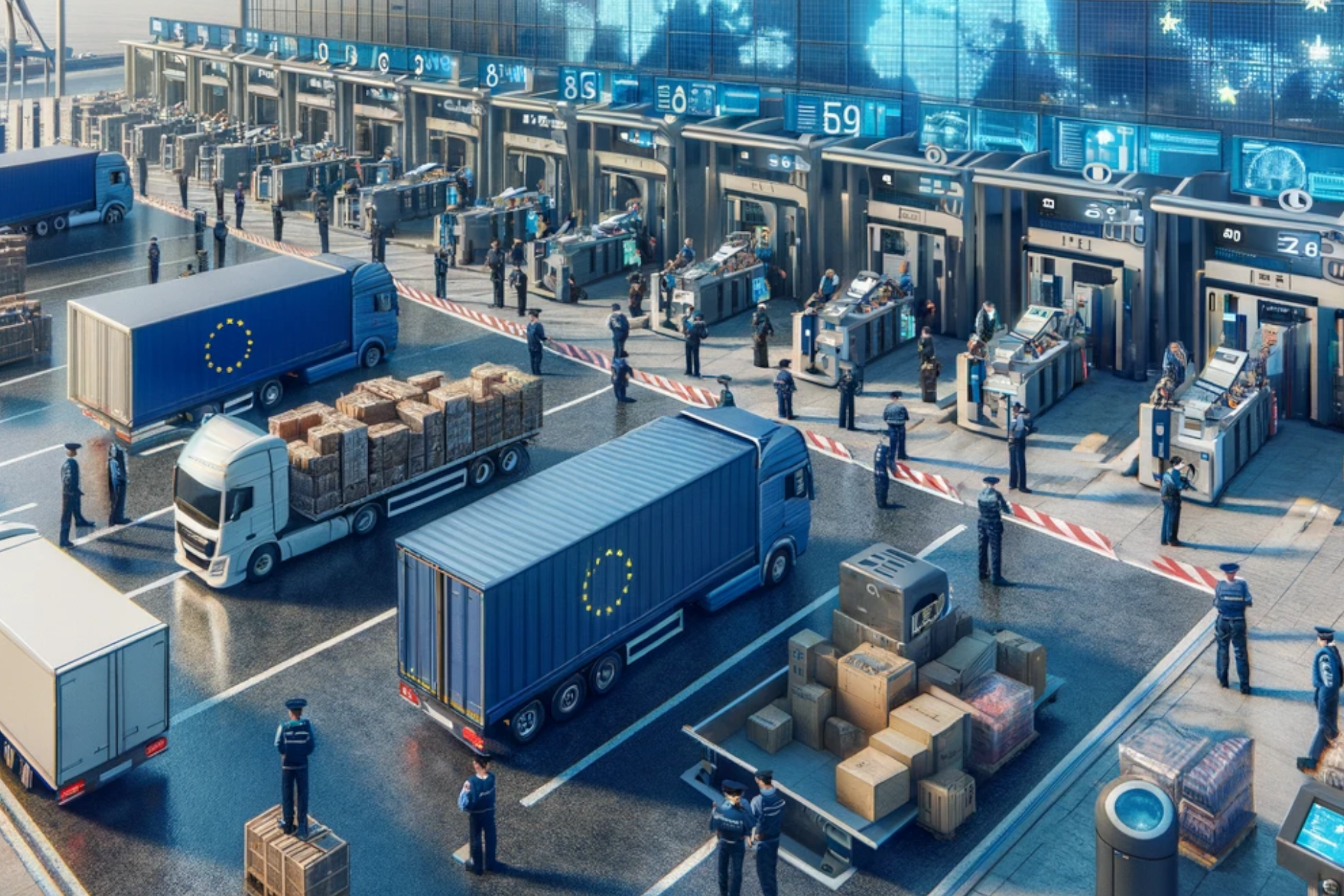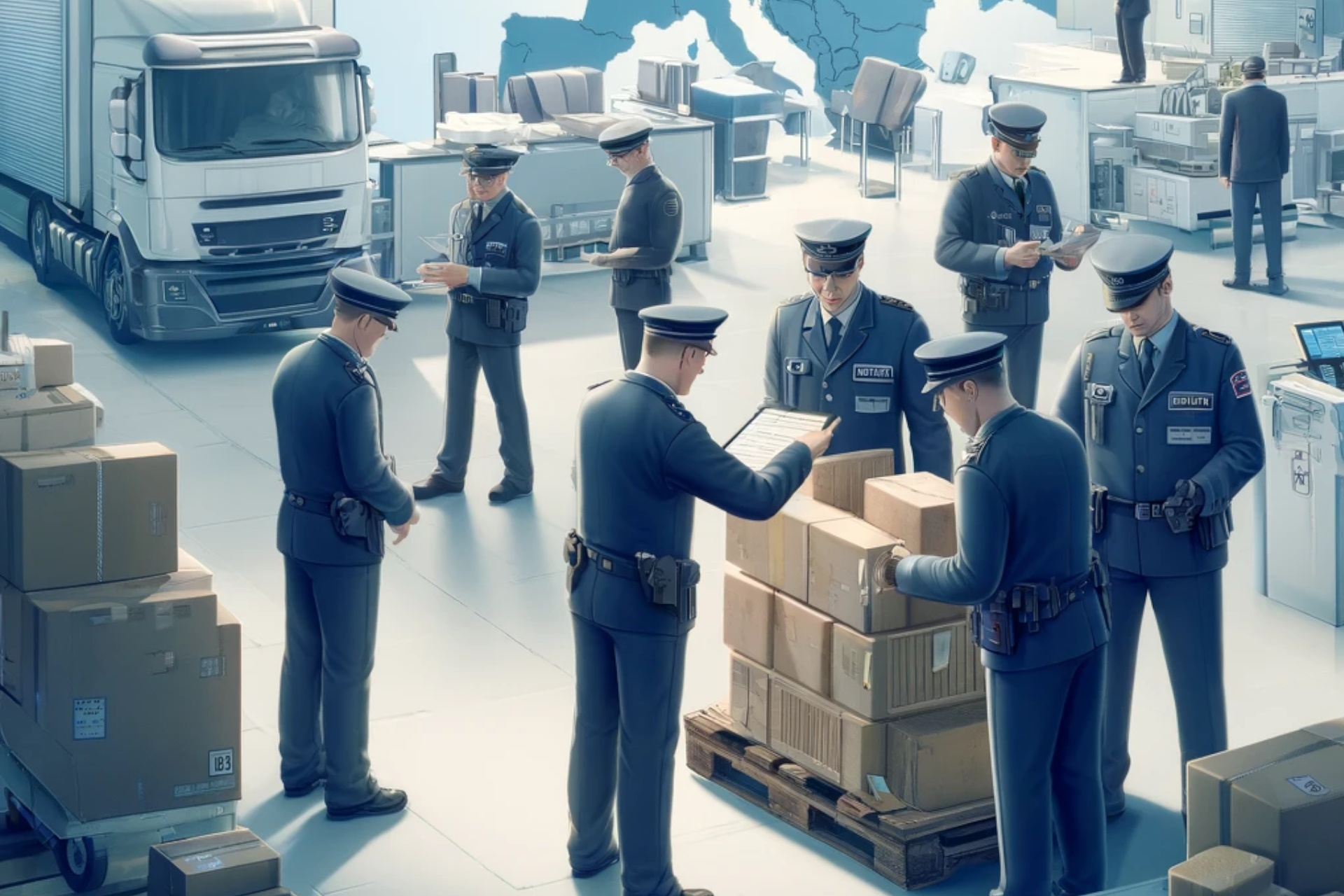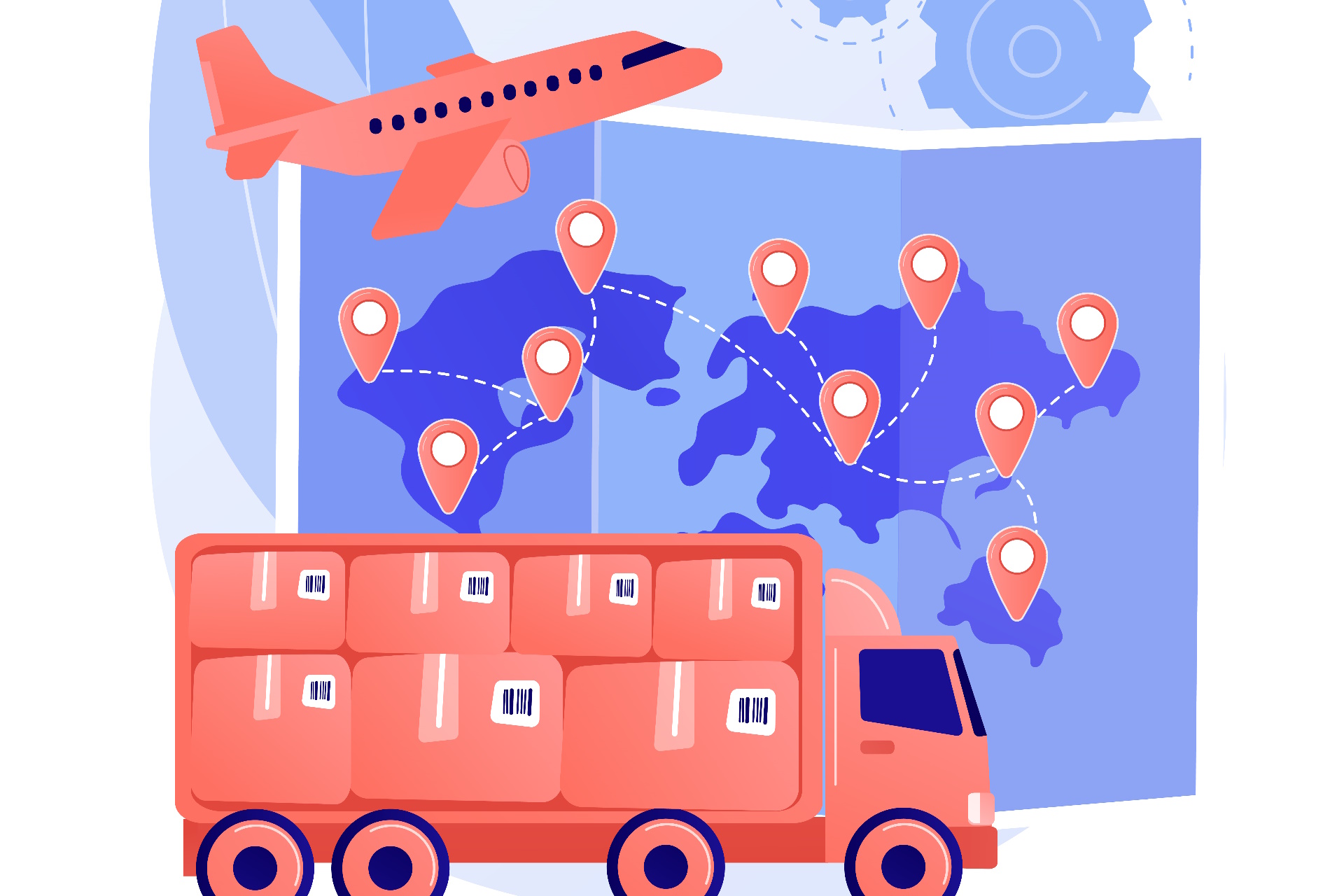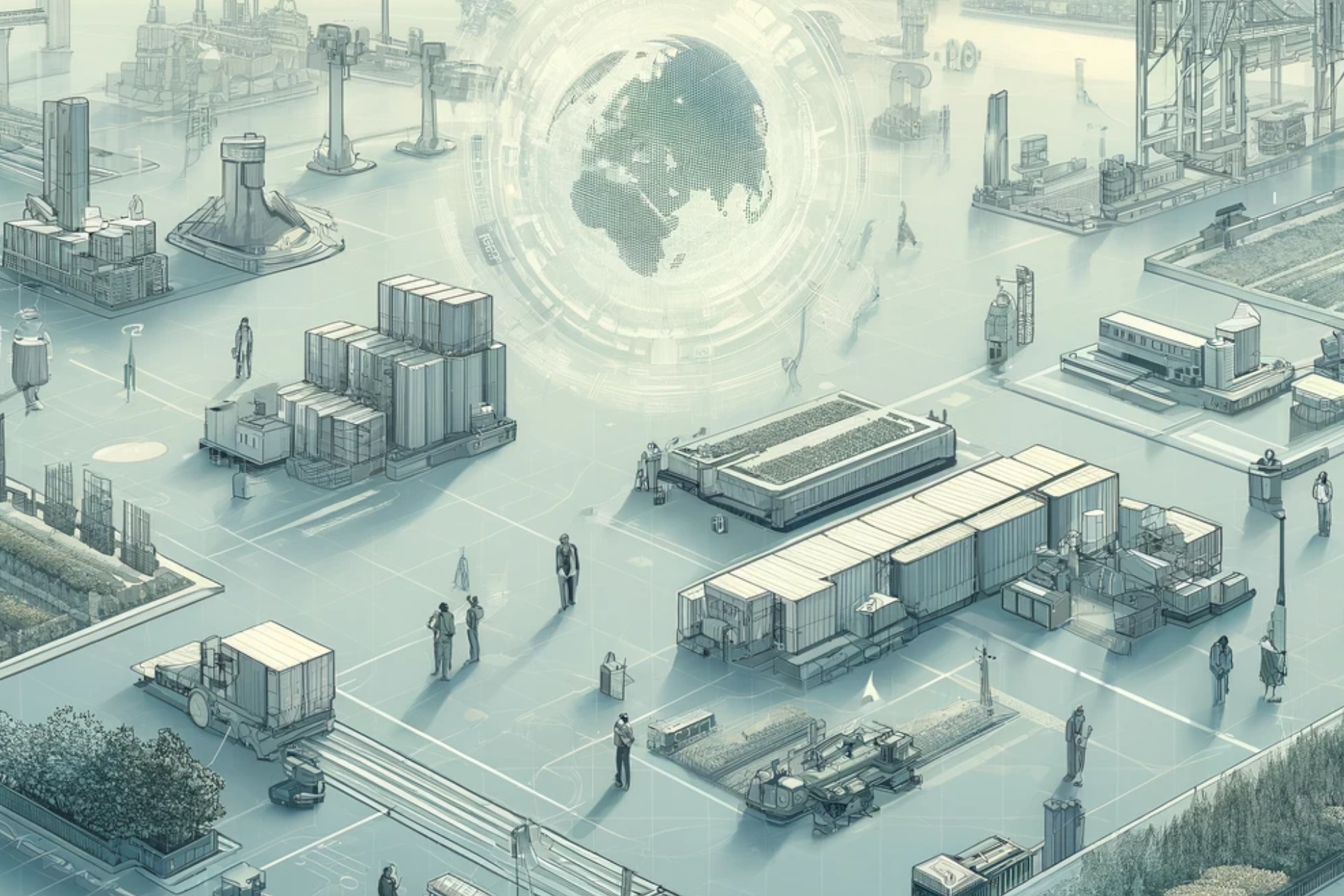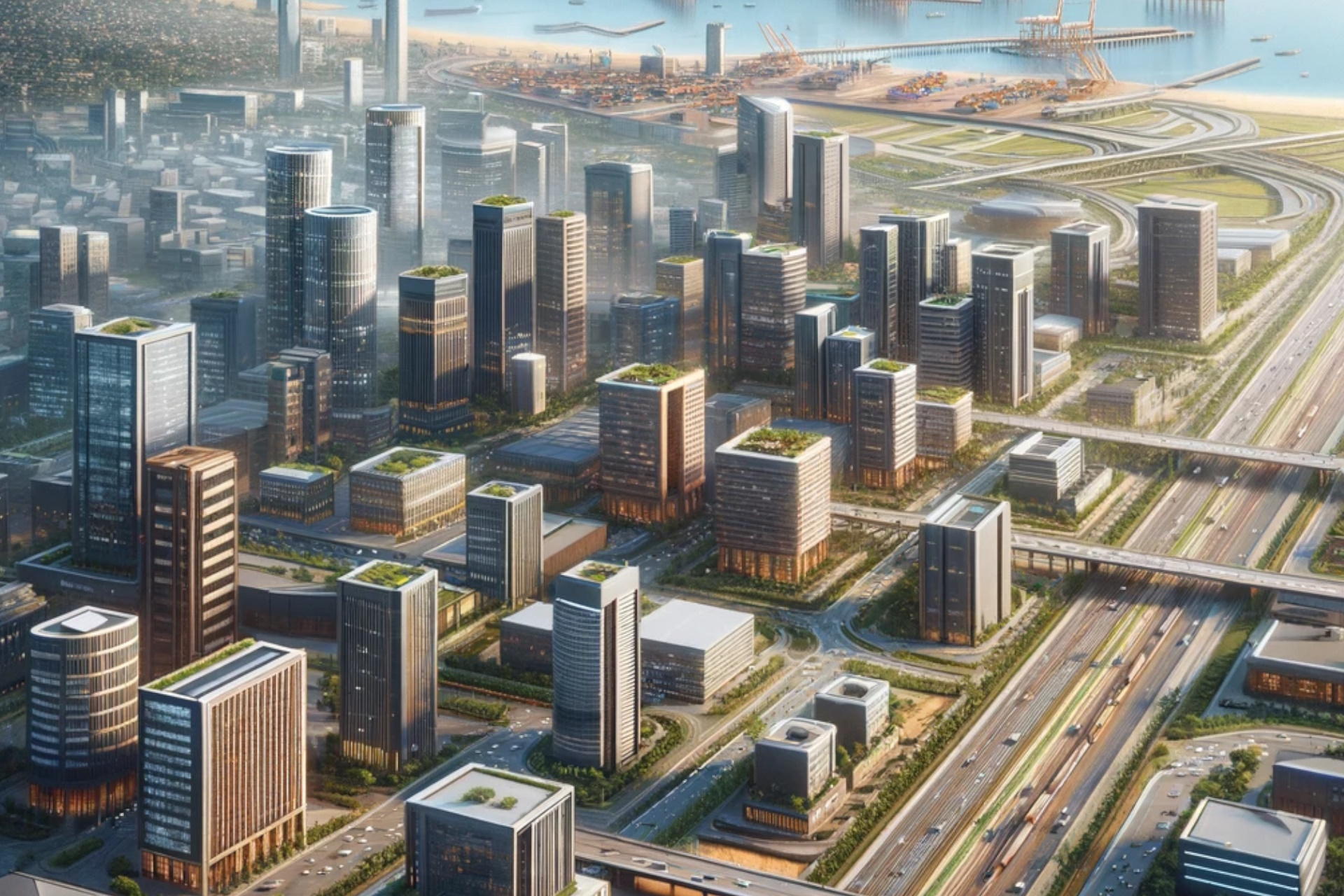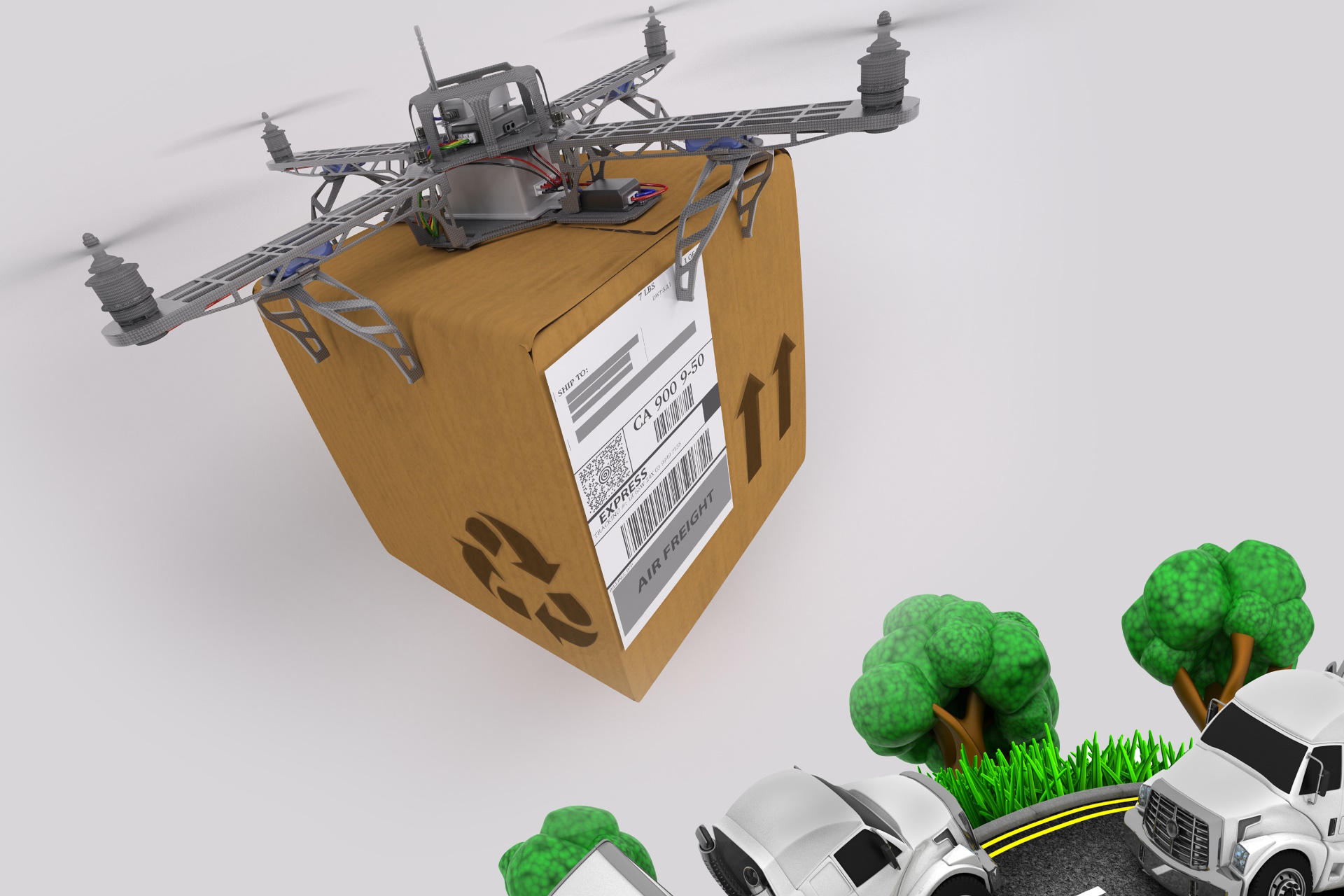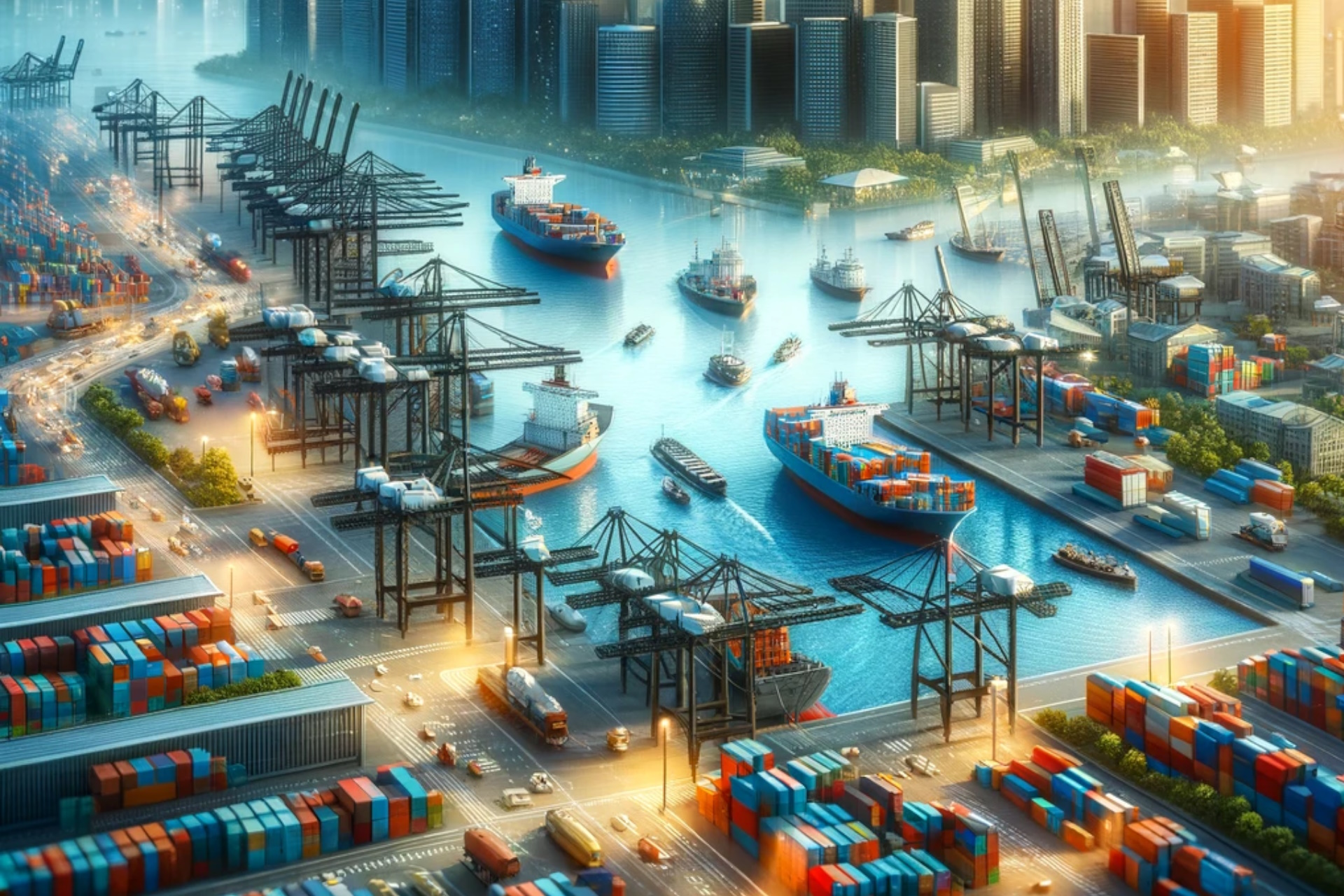Technology has revolutionized international trade by enhancing communication, simplifying transactions, and improving supply chain efficiency. Digital communication, e-commerce platforms, automation, data analytics, and customs facilitation systems have all contributed to streamlining global trade processes. As technology continues to advance, the potential for further optimization and innovation in international trade is vast. Embracing and leveraging these technological advancements will be essential for businesses to stay competitive and navigate the rapidly evolving landscape of global commerce.
Digital Communication and Global Connectivity
One of the fundamental ways technology has revolutionized international trade is through digital communication. The internet, email, and video conferencing have eliminated geographical barriers, allowing businesses to connect with partners and customers across the globe in real-time. Communication has become faster, more efficient, and more accessible, enabling swift decision-making, collaborative efforts, and seamless coordination of global trade activities. This level of global connectivity has greatly enhanced the speed and effectiveness of international trade transactions.
E-commerce and Online Marketplaces
The rise of e-commerce and online marketplaces has had a significant impact on international trade. Businesses can now reach customers in different countries with just a few clicks, expanding their market reach exponentially. Online platforms such as Amazon, Alibaba, and eBay have created a global marketplace, connecting buyers and sellers from around the world. E-commerce has also facilitated cross-border transactions, simplifying the process of buying and selling internationally. Small and medium-sized enterprises (SMEs) have particularly benefited from the accessibility and global exposure provided by e-commerce platforms.
Automation and Supply Chain Efficiency
Automation has transformed supply chains, making them more efficient and cost-effective. Technologies such as robotics, artificial intelligence, and machine learning have automated various tasks, reducing human error and speeding up processes. Warehouses and distribution centers now use robots for picking, packing, and sorting operations, increasing accuracy and productivity. Additionally, automation has improved inventory management, demand forecasting, and logistics, leading to faster and more reliable delivery of goods. This increased efficiency has not only reduced costs but also enabled businesses to respond more effectively to customer demands.
Data Analytics and Market Insights
The availability of vast amounts of data has provided businesses with valuable insights into market trends, customer behavior, and supply chain performance. Data analytics tools allow companies to analyze complex data sets, identify patterns, and make data-driven decisions. By understanding customer preferences and market dynamics, businesses can tailor their products and services to meet specific demands. Moreover, data analytics has enabled more accurate demand forecasting, optimized inventory management, and improved risk assessment, resulting in better decision-making throughout the international trade process.
Customs and Trade Facilitation
Technology has played a significant role in simplifying customs procedures and trade facilitation. Automated systems for customs clearance, such as electronic documentation and customs declarations, have streamlined import and export processes, reducing paperwork and administrative burdens. Single-window systems, which provide a centralized platform for submitting trade-related documents, have further improved efficiency and transparency. Advanced technologies like blockchain have the potential to enhance security and traceability in international trade by providing immutable records of transactions.
Related Information


